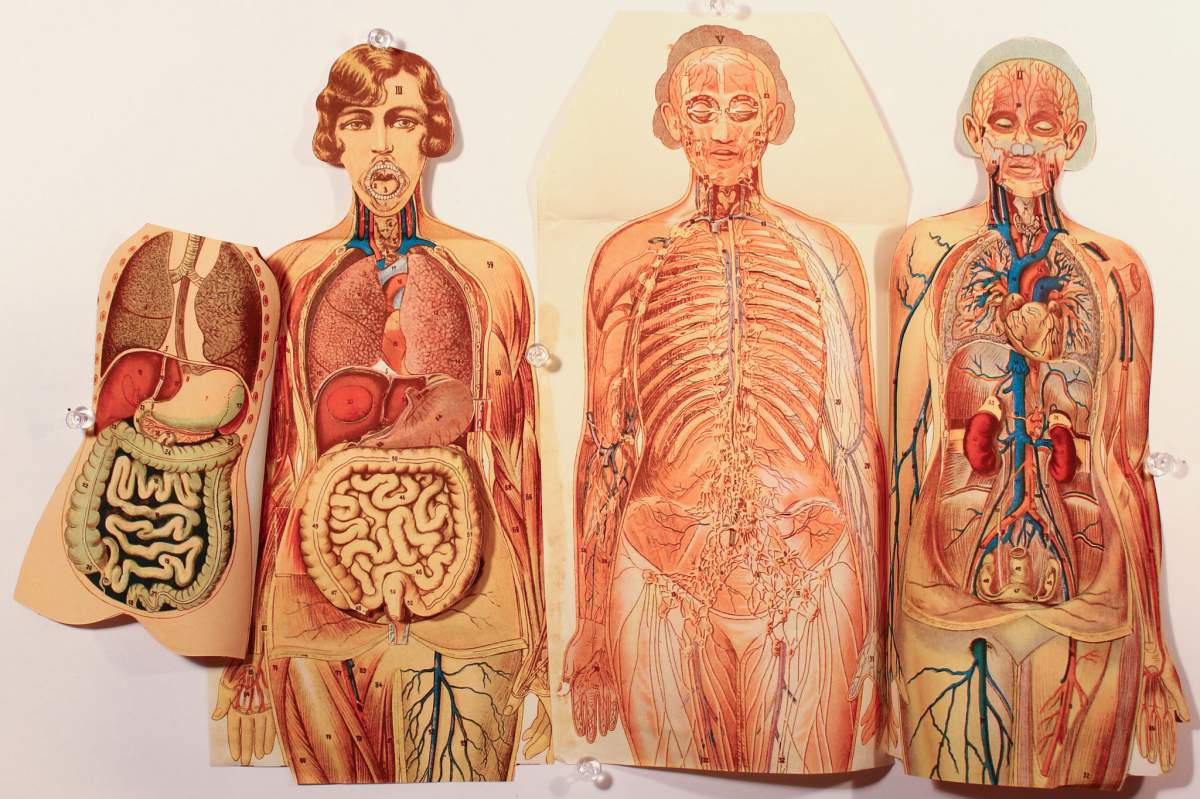
In 2018, a team of American medical researchers announced they had discovered a new organ of the human body.
It sounds impossible; Anatomists have been studying the human body since ancient times. How could they have missed a whole organ until now?
Sac Network
Because it's a very unusual organ. The organ is a network of fluid-filled sacs lined with strong flexible proteins found under the skin, in the lining of the gut, and around the lungs, blood vessels, and muscles.
The researchers named it the interstitium. Overall, its one of the largest organs of the body.
A Structured System
It may function like a shock absorber that keeps tissues from tearing as organs, muscles, and blood vessels squeeze, pump, and pulse to perform their functions. Biomedical scientists knew vaguely that an interstitial fluid filled spaces between cells, but didn't know it was part of a structured system, that they now believe deserves to be called an organ.
But how could researchers have missed seeing all those fluid-filled sacs under the microscope until now? It's because of the way biologists prepare tissue for observation with microscopes.
They treat it with chemicals, slice it thinly, and dye it to highlight key features. This process removes fluids and collapses fluid-filled compartments.
New Technology
The researchers who discovered the interstitium used a new microscope technology that involves lasers and a probe inserted into a patient's body to image living human tissue without chemical treatments and special preparation.
The new discovery could explain a lot. The fluid-filled channels might be a route for cancer to spread through the body.
Thank you to Teresita M. Bellido of the Indiana University School of Medicine for reviewing this episode's script.
Sources And Further Reading:
- P. C. Benias et al. 2018 Structure and distribution of an unrecognized interstitium in human tissues. Scientific Reports, 8:4947 DOI:10.1038/s41598-018-23062-6.
- Haridy, Rich. "Did scientists really just discover a new organ in the human body?" New Atlas. March 27, 2018. Accessed June 6, 2018.
- NYU Langone Health / NYU School of Medicine. "Newfound 'organ' had been missed by standard method for visualizing anatomy." ScienceDaily. March 27, 2018. Accessed June 6, 2018.
- Rettner, Rachael. "Meet Your Interstitium, A Newfound 'Organ'." LiveScience. March 27, 2018. Accessed June 6, 2018.
- Reuters, Thomson. "Meet the interstitium, medical science's latest and largest organ candidate." CBC News. March 28, 2018. Accessed June 6, 2018.









